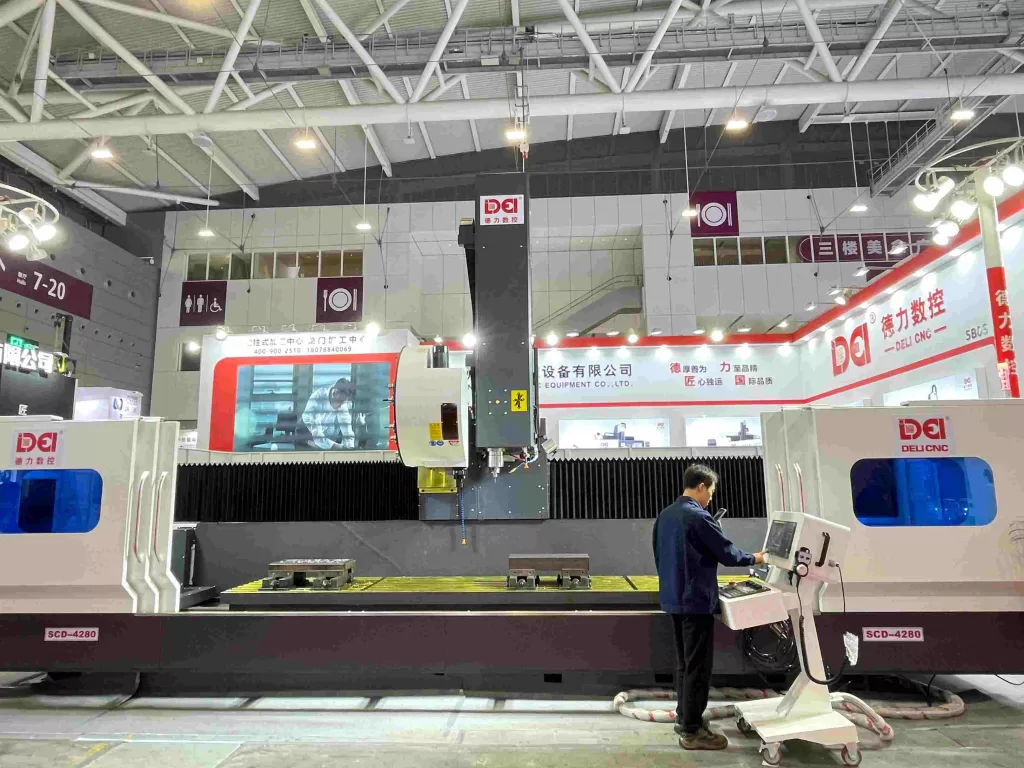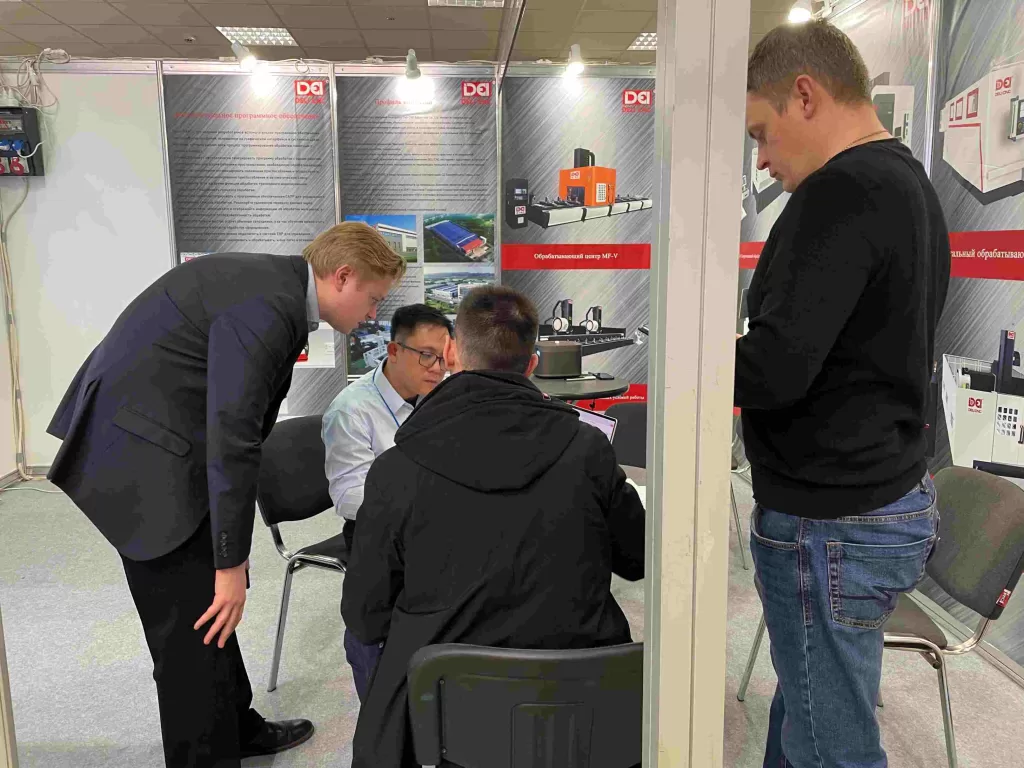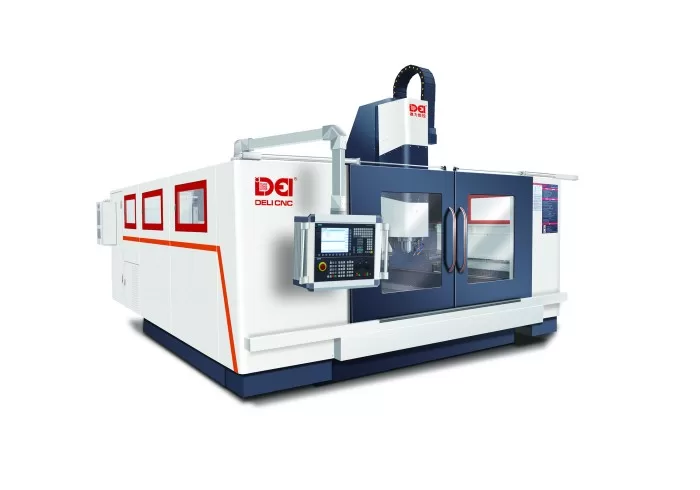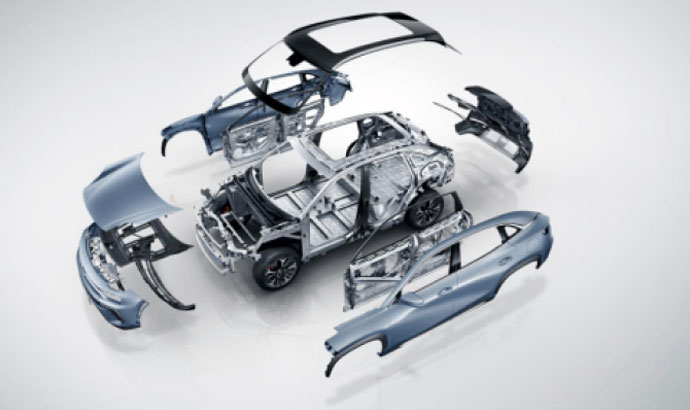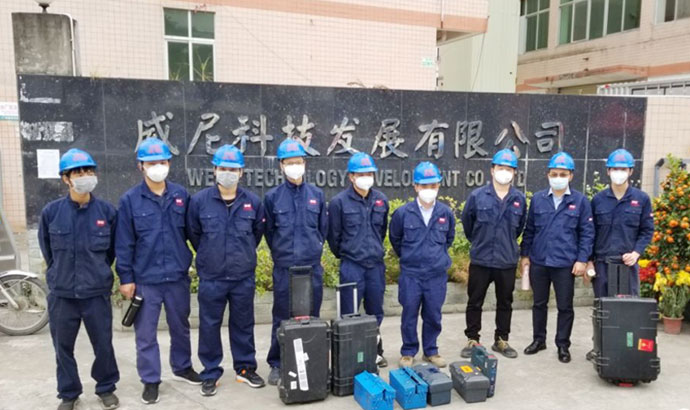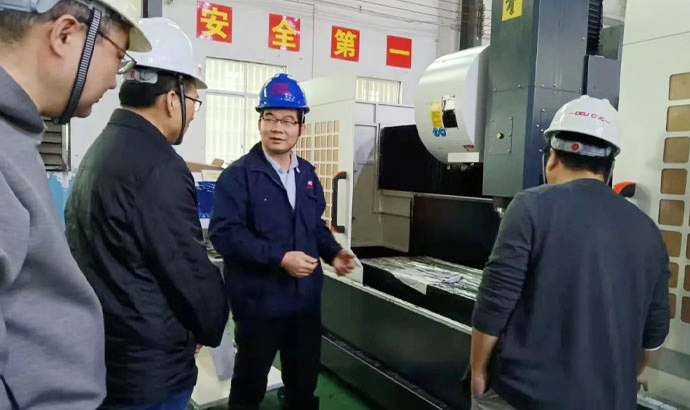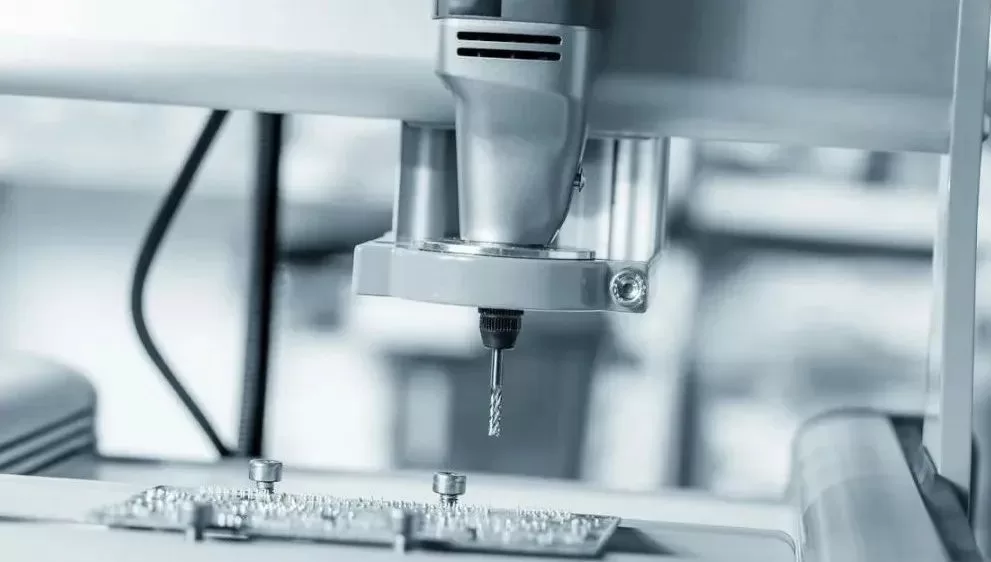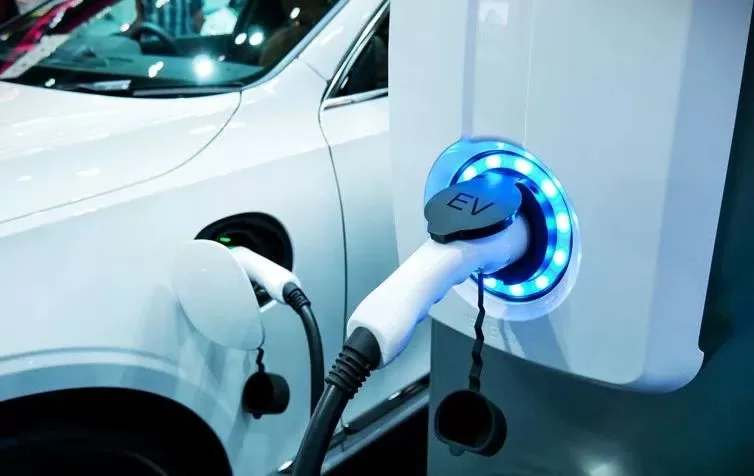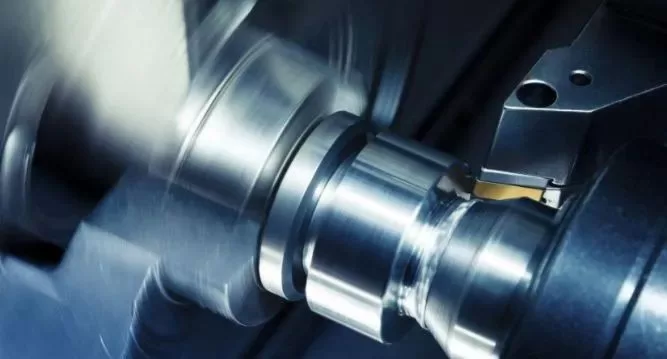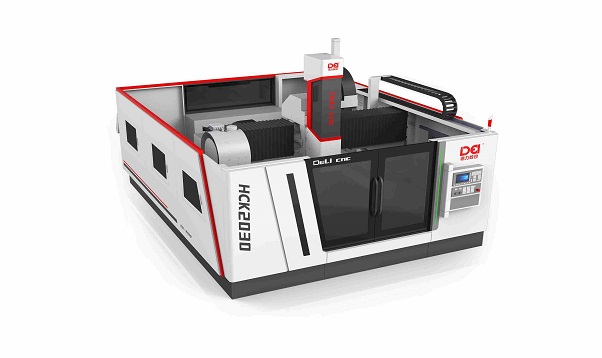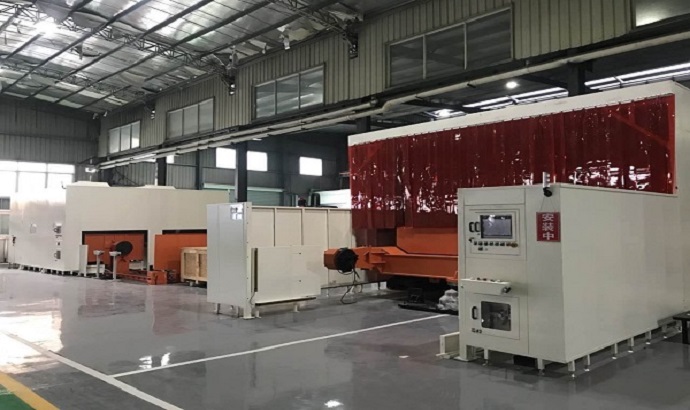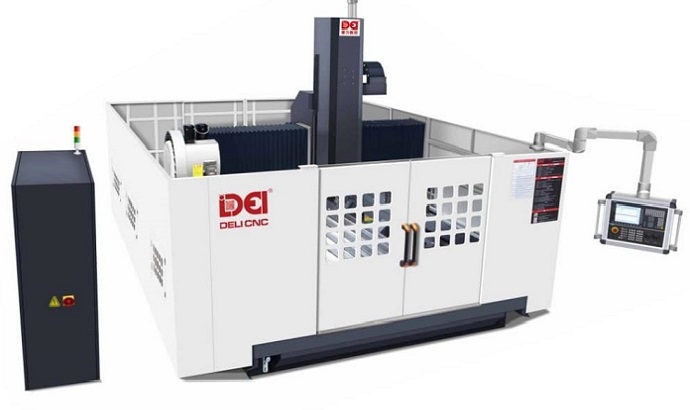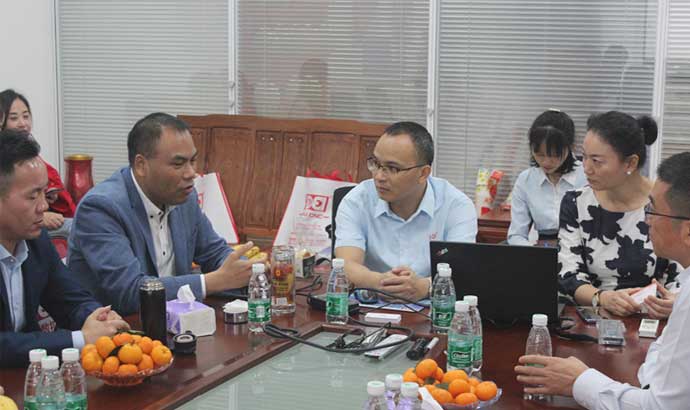Industry Observation丨Many Chinese new energy vehicle industry chain companies have received capital investment from the Middle East
China’s new energy vehicle production and sales have ranked first in the world for eight consecutive years and are still growing this year.
According to data from the China Automobile Association, in the first three quarters of 2023, new energy vehicle production was 6.313 million units, a year-on-year increase of 33.7%; new energy vehicle sales were 6.278 million units, a year-on-year increase of 37.5%.
With the strong rise of China’s new energy vehicles in the global market, it has attracted more and more attention from overseas capital. Since this year, Middle Eastern capital has been the most active in China’s new energy vehicle market. So far, Middle East Capital has reached cooperation with a number of Chinese new energy vehicle industry chain companies.
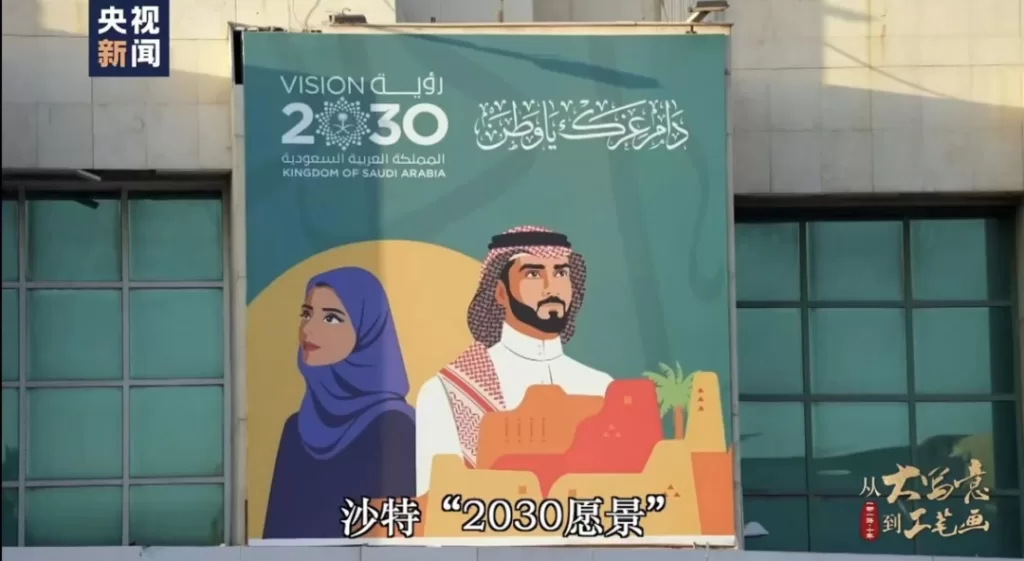
The Middle East has huge automobile market potential with high consumption power and demand. At the same time, Middle Eastern capital’s investment in China’s new car-making forces is also closely related to factors such as the “friendly environment for energy cooperation between China and major Middle Eastern countries” and the “need for technical cooperation.”
According to China Fund News, as of 2022, the total asset management scale of Middle East sovereign wealth funds will reach US$3.64 trillion, accounting for one-third of the total global sovereign wealth funds. These funds mainly come from the oil revenue of Middle Eastern countries and are used to support the country’s economic development and social welfare. The sovereign wealth funds of Middle Eastern countries that are more active in investing in China include the Abu Dhabi Investment Authority, the Kuwait Investment Authority, the Saudi Public Investment Fund and the Qatar Investment Authority. These four investment institutions are also among the top ten sovereign wealth funds in the world.
Middle Eastern capital frequently invests in Chinese new energy vehicle companies, which may be related to their development strategies.
Public information shows that in 2016, Saudi Arabia proposed the “Vision 2030” national development strategy. This strategy is mainly to improve the country’s current energy structure and promote the diversification of its economy by increasing investment in non-oil fields, emerging technologies and private enterprises. development. The strategy proposes to increase the proportion of non-oil foreign trade exports from 16% to 50% by 2030.
Dubai is also seeking to diversify its energy structure and achieve 100% clean energy through the “Dubai Clean Energy Strategy 2050” and the “2050 Carbon Neutrality Strategy”. Dubai’s Supreme Energy Council has approved a plan to reduce carbon emissions by 30% by the end of 2030, a move aimed at supporting the UAE in achieving the country’s net-zero emissions target by 2050.
According to People’s Daily, after the UAE announced its goal of achieving carbon neutrality by 2050 in 2021, the electric vehicle market has gradually heated up. At present, 20% of the official vehicles used by the UAE government are electric vehicles. The UAE electric vehicle market is expected to maintain growth at an annual growth rate of 30% from 2022 to 2028.
In recent years, Chinese new energy vehicle companies have gradually emerged globally and have won the favor of many Middle Eastern capitals. In addition to OEMs, companies related to the new energy vehicle industry chain have also received investment from Middle East capital.
At present, China has become the leader of new energy vehicles in the world. Middle East industrial capital invests in China’s new energy vehicle projects. While enjoying the growth dividends of the new energy vehicle industry, it can also introduce China’s new energy vehicle related technologies and production capacity into the Middle East and promote Transformation and upgrading of local economic development model and industrial structure.
Middle East funds tend to be relatively high in traditional industries related to their own countries. However, as the major economies in the Middle East advance their industrial upgrading strategies, they are expected to increase their allocation to China’s advantageous industries such as new energy and advanced manufacturing.
-
28-11-2023Deli CNC appeared at DMP Greater Bay Area Industrial Expo
-
20-11-2023Tips for using the Machining Center(3)
-
14-11-2023Tips for using the Machining Center(2)
-
08-11-2023Tips for using the Machining Center : How to set the tool in the machining center?
-
27-10-2023DELI CNC in the TECHNOFORUM & RUSWELD 2023
-
25-10-2023Analysis of CNC machine tools
-
23-09-2022Deli CNC’s Role in New Energy Vehicle Manufacturing
-
23-09-2022Deli CNC Helps the Epidemic Production War! Increase Production Capacity of Masks
-
23-09-2022The Innovation Center Working Group Visited the Shareholder Company Deli CNC
-
23-09-2022Guangzhou Deli CNC, A Caring Enterprise of China’s Civil Construction, Donated Anti-epidemic Materials in Baiyun District
-
05-12-2023Metal processing industry in Automotive manufacturing
-
03-11-2023Prospects for the Metal processing industry in Automotive manufacturing
-
31-10-2023Industry Observation丨Many Chinese new energy vehicle industry chain companies have received capital investment from the Middle East
-
20-10-2023Explore new development trends in the Metal Processing industry
-
17-10-2023Enlightenment of changes in the automobile industry on the machine tool industry
-
06-03-2023How Does 5 Axis CNC Machining Technology Change Automobile And Aviation Manufacturing?
-
14-12-2022CNC Five-axis Machining Center Creates The High-end Tools Market
-
22-11-2022What Is CNC Machining Center Equipment ?
-
23-09-2022Deli CNC Warmly Welcomes the Exchange Group of Guangdong Door and Window Association to Visit and Exchange


